Out of 155 CVHS students surveyed on sex-ed knowledge, one received a perfect score
Sex-education videos based on a best-selling book from the 1980s.
Out of 155 CVHS students surveyed by Upstream News on their sexual education knowledge, only one student received a perfect score. The questions tested respondents on a variety of topics including, but not limited to, how to recognize consent, the function of different contraceptives and the transmission of STIs. These questions covered information the Texas State Board of Education (SBOE) recently refused to include in their updated curriculum.
Six out of the thirteen questions asked were retrieved from The New York Times’s own sex-ed quiz, which originally surveyed viewers on knowledge relevant to avoiding unwanted pregnancy. The other seven questions were formulated by Upstream News and based on the sexual health education and HIV prevention education framework of the California Department of Education pursuant to California Healthy Youth Act.
In 2020, the SBOE refurbished the sex-ed curriculum for the first time since 1997. The update, which was implemented this past August, expanded the teaching of birth control past abstinence-only education. However, Texas still stresses abstinence. Due to this, subjects such as contraceptives are covered briefly, and students are taught refusal skills (how to refuse sex) and not taught consent (how to say and recognize a yes to sex).
While topics such as consent were originally included in the proposed curriculum, the Medical Institute for Sexual Health (MISH), a conservative association that advises the SBOE and provides funds to it, recommended it be removed. The SBOE went through with the omission despite criticism from many health professionals. The Texas Medical Association and Texas Pediatric Society jointly wrote to the SBOE in an attempt to get the topic of consent back into the curriculum, but did not succeed. Those responsible for this choice assert that teaching consent would seem hypocritical accompanying the curriculum’s abstinence-only message.
“Children under the age of 17 cannot legally give consent to sexual activity and should not be instructed how to. If the goal is to empower children to know when they are being violated and what to do to resist… the perpetrator, then it is logical they would be taught refusal or resistance skills,” wrote Lori Kuykendall, the president of the MISH, and a member of a variety of groups that helped write the new curriculum’s guidelines.
When asked, at least a third of surveyed CVHS students did not know how effective a condom is on average, and almost half were unaware that doctors start to count pregnancies from the end of a person’s last menstrual period. Both questions were asked to test students’ knowledge of contraceptives, and of information relevant to avoiding teen pregnancy. Texas’s teen pregnancy rate currently ranks 9th out of all U.S. states.
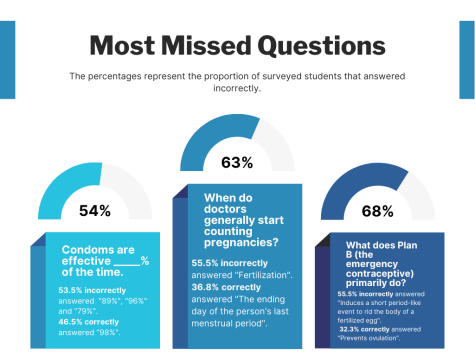
“Stressing abstinence makes people scared of having sex. I understand we’re all in high school. We’re below 18 for the most part, but I feel like that just makes people scared of having a sexual relationship with others or doesn’t teach them what to do when they eventually enter one,” sophomore Sara Loc said.
California, a state with a similar population size to Texas, is ranked 38th in teen pregnancy rates. California’s sexual education curriculum goes in-depth on many topics, including various methods of birth control and contraceptives, as well as how to ask for, give and recognize consent.
California’s state sex-ed curriculum requires that materials be inclusive of LGBTQ+ students by recognizing their sexual orientation, gender expression and gender identity, as well as educating students on sex-ed specific to the LGBTQ+ community. Texas’s curriculum omitted any mention of the LGBTQ+ community, even after Texas legislators and advocacy groups, such as the Texas Freedom Network pushed for measures to teach anti-bullying and anti-discrimination of LGBTQ students.
This has created controversy amongst students and medical professionals alike. Many argue that it is the education system’s job to prepare students for the outside world, and that neglecting topics relevant to queer students sets them up for failure. Others believe that whether or not a child should be exposed to topics such as these should be up to the parent.
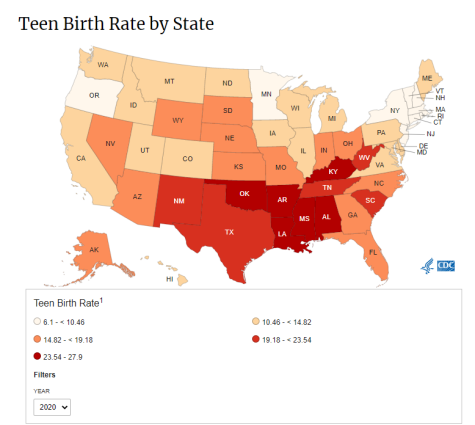
“Texas is a very diverse state, obviously, and the 200-plus rural school districts that I represent, I wanted to give them the freedom and the latitude to include some of those items in their curriculum, in their teaching, if they choose to do so,” said Marty Rowley, a Republican who serves on the SBOE.
CVHS has a diverse population of LGBTQ+ students, yet 20% of surveyed students believed that an individual was more likely to receive an STD from homosexual sex than from heterosexual sex. (The chances are relatively equal when both sides use proper contraceptives). This question was asked in order to test students’ knowledge of basic sex-ed specific to the LGBTQ+ community.
“I feel like these topics are important, especially since more people are out about their sexualities. Students are discovering more about themselves as they get into high school, and I feel like they shouldn’t shy away from skills that are so important. It feels regressive and less inclusive,” said Loc.
At CVHS, 30% of students recall being taught sex-ed in middle school last, 18% recall being taught sex-ed in elementary school last, and 19% recall never being taught any form of sex-ed by their school at all. In Texas, sex-ed is only required at the elementary and middle school level, and students’ parents must opt-in their children to take the course, making Texas one of less than six states to do so. Public school districts can choose whether or not to provide sex-ed as an option at their high schools.
“When schools sometimes don’t teach topics that center around sexual [education] curriculums, it is a big problem. I do believe that it’s necessary to defend and the fact that we don’t is mind-boggling,” said senior Mateo Ortega. “I had to learn most of the sexual education I know from my parents.”
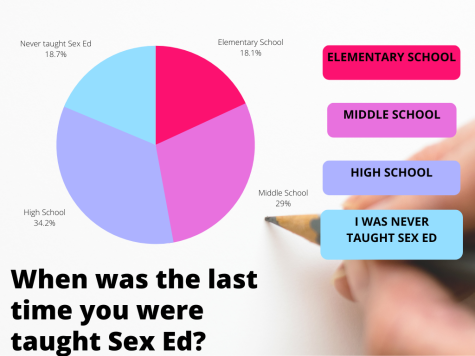
Only 34.2% of all surveyed students recall being taught sex-ed in high school. In HISD, sex-ed is a small part of the school’s required health class. The health course, which all freshmen are required to take for a semester, is an entirely digital class administered through APEX. The class is mainly made up of semi-interactive slides students must read, and simple tests that are administered at intervals. Both Loc and Ortega recall it being easy to click through while absorbing minimum information.
When asked how she would improve the state’s sex-ed course, Loc said, “Right now, students try to go through these mindless courses that we just want to get done. Maybe it would be better if we had a teacher explaining things, so it’s easier for students to absorb the information. I feel like teenagers are very easily influenced by their peers. In health, we’re not really getting opinions and not really conversing about these topics that are important. We’re just being taught through a laptop.”
When asked how she felt about the effectiveness of Texas’s curriculum, Loc said, “Well, it was effective in getting made fun of.”
Despite students’ desire for change, there has been some concern expressed over how long and tedious it would be to change the Texas sex-ed curriculum to be more inclusive of such controversial topics.
“Having a realistic outlook on how Texas has been in recent years, it’s going to definitely take an incredible amount of effort to actually decide when to implement any changes. What we really need is to have all the details ironed out. We just need to emphasize the importance of teaching the topics that many would agree with or many would find obscure. [Bipartisanship] is an issue that really needs to be solved for us to progress forward,” Ortega said.
Your donation will support the student journalists of Carnegie Vanguard High School. Your contribution will allow us to cover our annual website hosting costs and fund field trips, competition fees, and equipment. We appreciate your support!

Current senior Nicki is a writer for the Upstream who also manages the site. She loves Micheal Cera and has never not cried while watching Mamma Mia! and...

Danielle is a senior, as well as an activist for queer and feminist rights, which often makes its way into her writing. She is a family and friendship-oriented...


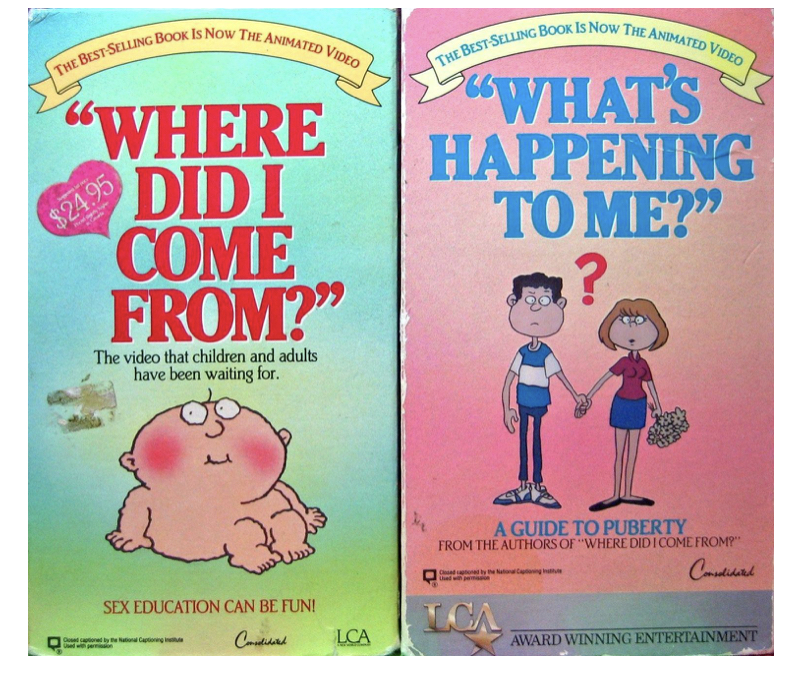
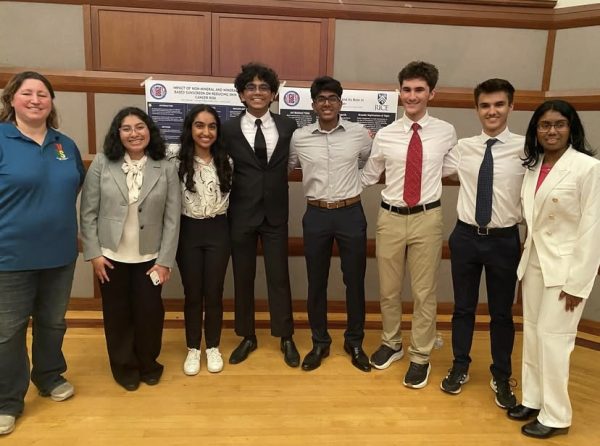

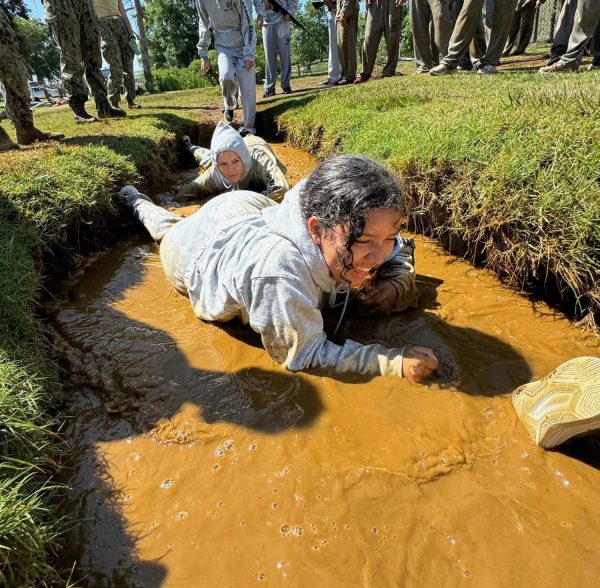


Judith Carrizales • Sep 25, 2022 at 9:03 pm
Amazing article, this topic was thoroughly research and i loved how you tied it back to CVHS with the survey
Ella Pham • Sep 25, 2022 at 5:29 pm
Really good article. I really enjoyed the survey you did, it definitely showed me how closely connected to the data I was. The graphics included in the article also kept me interested throughout. Very well written!
Joseph Mutagaya • Sep 24, 2022 at 12:47 am
I like the inclusion of a chart as a fun and easy way to show the data you collected!
Anjali Martinez • Sep 23, 2022 at 10:43 pm
Great insight and facts. I enjoyed learning about this!
Natalia Nguyen • Sep 23, 2022 at 10:04 pm
Nice cover photo!
Neela Ravi • Sep 23, 2022 at 3:27 pm
I loved the way that you identified the situation in Texas and emphasized why it is important to have better sexual education in Texas!! slayed
Karla Berrueto • Sep 23, 2022 at 2:40 pm
Good article and liked how informative it was. Some of the information was shocking and good to know.
Katheryn Consuegra Pena • Sep 23, 2022 at 1:05 pm
Really informative article! I was honestly so shocked by the results. Also the visuals were great!
Sarah • Sep 23, 2022 at 11:40 am
Very informative article. You showed very clearly the connection between poor education and poor outcomes in certain states.
Mike • Sep 23, 2022 at 11:27 am
Very good article!!
Ava Manchac • Sep 23, 2022 at 10:32 am
very cool and informative!
Roxell • Sep 23, 2022 at 10:16 am
After literally failing this survey, I think it’s really important to learn, even if it is just a club. Great story
Abigail Nunez • Sep 23, 2022 at 10:14 am
I really enjoy this story , and I love how a unique issue is being dressed.
Audrey Piczak • Sep 23, 2022 at 10:10 am
those survey results are crazy, can’t believe how stupid carnegie students are despite being at carnegie…truly get no play whatsoever
Brooke Bushong • Sep 23, 2022 at 10:08 am
The graphs are very cool and helpful and I know that takes alotta time but it was worth it. also danielle, you look so good in ur profile pic. Also this was super interesting and v concerning
Bao • Sep 23, 2022 at 10:06 am
Was shocked by the results…we need sex-ed!!!! This article was very fun + important to read, good job!! :))